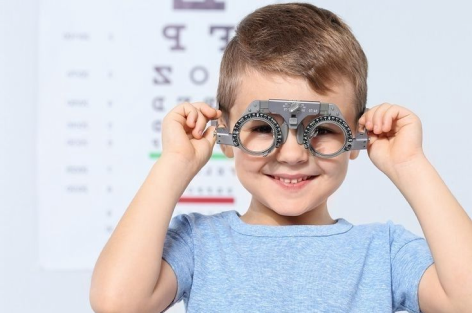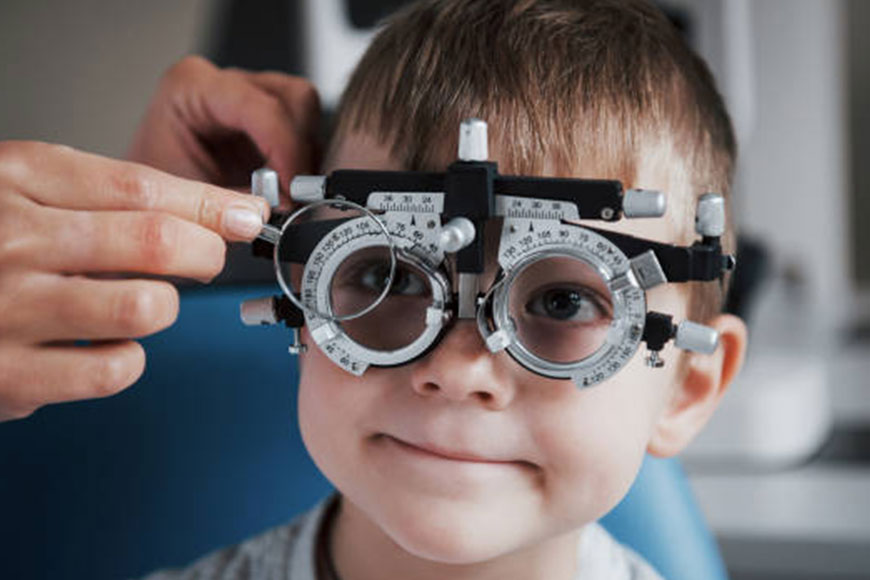Pediatric Ophthalmology

Pediatric Ophthalmology
The Pediatric Ophthalmology Department is focused on the diagnosis and treatment of eye diseases in children, including congenital conditions and acquired disorders. The clinic's specialists provide accurate diagnoses and develop individualized treatment plans to help young patients improve their vision and quality of life.
Below are the main conditions we treat:
• Amblyopia (lazy eye): decreased vision in one eye, resulting in it being excluded from the visual process. Early treatment includes special exercises, wearing glasses and, in severe cases, occlusion (closing) of one eye.
• Strabismus: a disorder in the coordination of the eye muscles that causes the eyeball to be out of alignment. Treatment may include exercises, special glasses, or surgery.
• Myopia (nearsightedness) and hypermetropia (farsightedness): refractive errors that reduce the clarity of vision. Selection of glasses and contact lenses, eye exercises help to correct these conditions.
• Astigmatism: An irregular shape of the cornea or lens that causes blurred vision. Correction is achieved with lenses or glasses, and laser treatments may be considered once the patient reaches an appropriate age.
• Nystagmus: Involuntary eye movements that cause difficulties in focusing and perceiving images. Treatment includes therapy, eye exercises, and in some cases, surgical intervention.
• Congenital cataract: clouding of the lens from birth. Early diagnosis is essential to prevent vision loss, and surgical intervention is often required.
• Congenital glaucoma: increased intraocular pressure with risk of damage to the optic nerve. Requires immediate treatment to prevent vision loss.
• Dacryocystitis: Inflammation of the tear sac in infants, causing tearing and redness. Treatment usually includes medication, massage of the tear duct, and, if necessary, probing.
• Nasolacrimal duct obstruction: a congenital obstruction that causes persistent tearing. Treatment may involve probing or surgical correction.
• Ptosis (drooping of the upper eyelid): Causes partial or complete closure of the pupil and impaired vision. Treatment can be conservative or surgical, depending on the degree of ptosis.
• Retinopathy of prematurity: A retinal disorder that often occurs in babies born prematurely. Depending on the stage, laser treatment or therapy may be used to prevent the condition from getting worse.
• Congenital anomalies in the development of the eyeball: require specialized treatment and rehabilitation aimed at restoring and developing vision.
• Conjunctivitis and other inflammatory eye diseases: allergic and infectious inflammations that cause redness and itching. Treatment includes the use of antibacterial and anti-inflammatory agents.
• Juvenile rheumatoid arthritis with eye involvement: Inflammation affecting the vascular layer of the eye, requiring comprehensive treatment, including anti-inflammatory medications.
• Color Blindness (daltonism): Difficulty in perceiving colors due to genetic factors. Supportive methods can help people adapt to life with this disorder.
We ensure that each little patient receives comprehensive care, and that parents have a full understanding of the condition and treatment methods.

